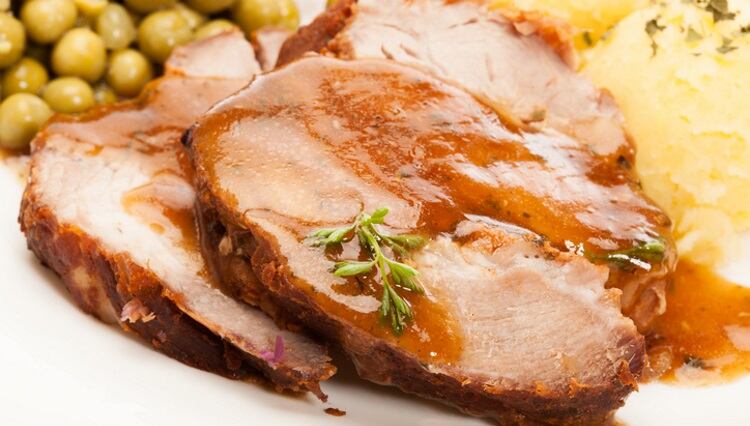The European Union agency has also concluded in an expert opinion that meat treated in this way is safe for consumers to eat.
EFSA experts tested lactic acid treatments of 2-5% solutions of up to 80°C sprayed on carcasses; or sprayed at up to 55°C onto cuts, which were also dipped into the solution.
The EFSA panel on food contact materials, enzymes and processing aids (CEP) also tested acetic acid treatments of 2-4% solutions of up to 40°C – again sprayed on carcasses and applied to cuts by spraying or dipping. The test treatments lasted up to 30 seconds.
The panel concluded that “dipping of pork meat cuts post-chill in lactic acid was more efficacious than water treatment”.
As for dipping carcasses, and unchilled cuts, and spraying carcasses or any cuts, the panel said there was no evidence this left products cleaner than following sprays with water.
Also, and perhaps unsurprisingly, spraying unchilled carcasses with lactic acid left them cleaner than untreated control carcasses, noted the panel.
Following separate tests, the panel was unable to prove whether using acetic acid to clean pork carcasses pre-chill and/or pork meat cuts post-chill was effective.
On safety, the panel concluded that “the treatments are of no safety concern, provided the substances comply with EU specifications for food additives.”
The emergence of bacteria with increased resistance to biocides and antimicrobials when lactic acid treatment is used is unlikely if good hygienic practices are implemented.
Also, the release of either organic acids is not an environmental concern if slaughterhouse wastewaters are treated to counter the potentially low pH caused by lactic or acetic acid, said the EFSA panel note.
Looking ahead, the panel called for additional studies on assessing the use of acetic acid to clean pork carcasses and pork meat cuts, and on whether it might promote bacterial resistance to biocides and antibiotics.
With regard to dips having been shown to be more effective than water cleaning, meat processors should include their flow rates for replacing dipping solutions during operations in their HACCP (hazard analysis and critical control points) plans, said the panel. This would ensure solutions remained at the correct concentration and temperature.




